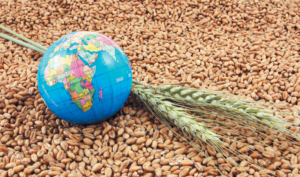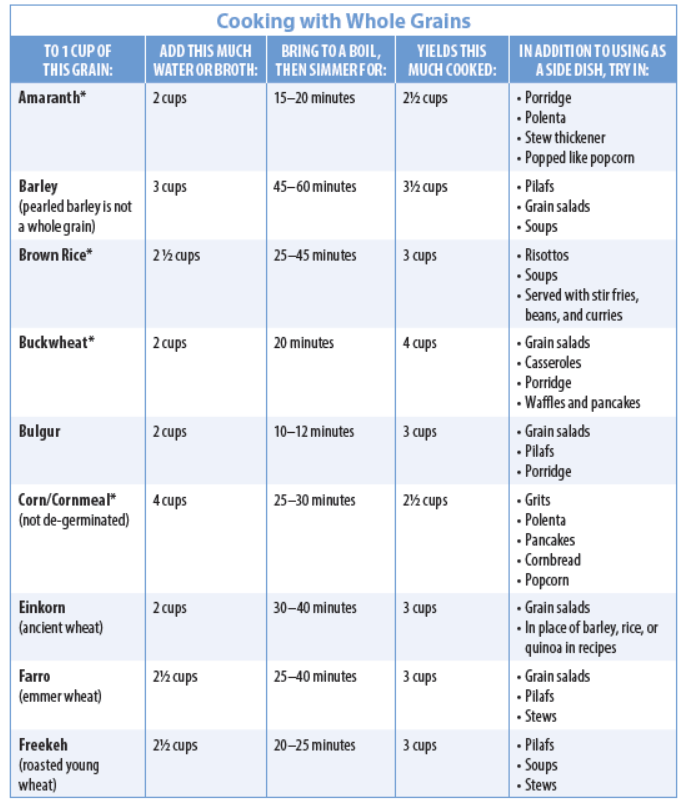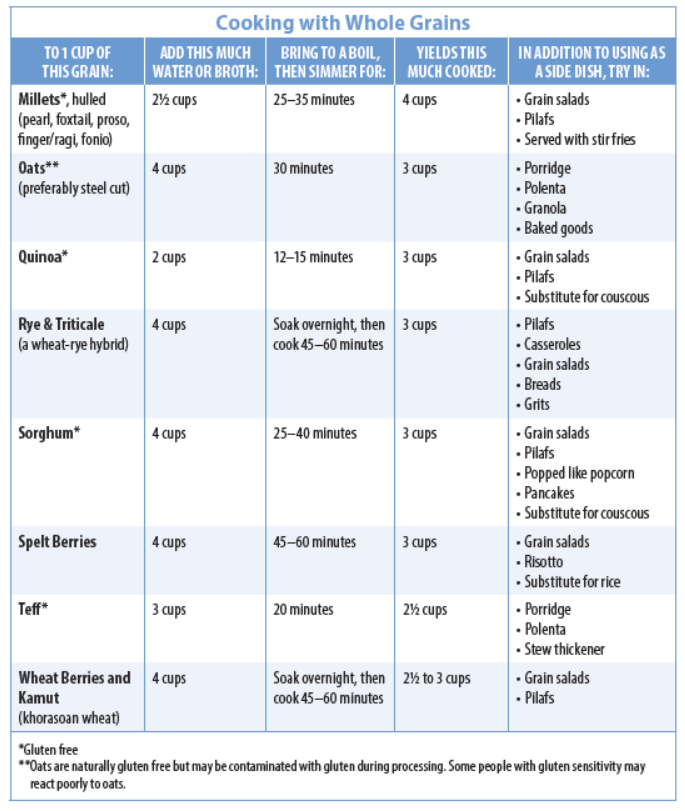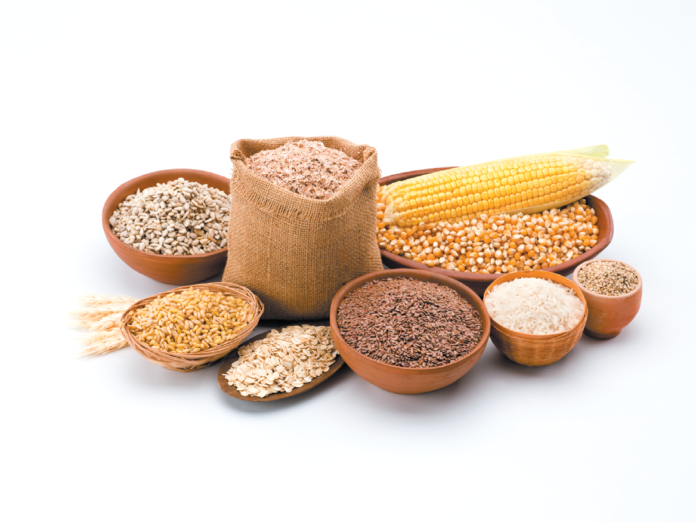Eating more minimally processed whole grains and whole-grain foods is a good choice for your health. Beyond oatmeal and brown rice, there’s a wide array of whole grains to discover. Here’s everything you need know to begin exploring the delicious and healthy world of whole grains!
What is a Whole Grain? Whole grains are the seeds of certain plants. For a grain to be considered whole, it must have all three parts—the bran, the germ, and the endosperm—intact. The bran is the outer skin of the seed—fiber-rich and a source of a number of vitamins and minerals. The germ, the embryo of the seed, contains healthy fats, some protein, and more vitamins and minerals. The carbohydrate-rich endosperm is the largest part of the seed. The refining process removes the bran and the germ, leaving only the starchy endosperm. Refined grains like white flour and white rice, therefore, are missing almost all of the fiber, about a quarter of the protein, and half or more of the nutrients found in whole grains. (Note that some nutrients are required by law to be added back into white flour.)
 Cultures around the world use whole grains in deliciously creative ways. Try some of these:
Cultures around the world use whole grains in deliciously creative ways. Try some of these:
- Amaranth: Mexican alegría candy
- Barley: Greek paximadia (biscotti-like cookies); Scotch broth; Scottish barley pudding
- Buckwheat: Japanese soba noodles; Eastern European kasha; Russian buckwheat porridge
- Bulgur: Middle Eastern tabbouleh (bulgur and parsley salad)
- Corn: Latin American masa tortillas, tamales, and pozole (hominy stew)
- Rye: Nordic whole grain rye breads and crisps
- Teff: Ethiopian injera flatbread, made from fermented teff flour
- Wheat: Southeast Asian whole wheat chapatti (roti) flatbreads
Nutrition and Health Benefits: Research shows that choosing mostly whole grains and 100 percent whole grain products instead of refined is associated with many health benefits, including lower risk of cardiovascular disease, type 2 diabetes, cancer, and digestive issues like constipation. The fiber in whole grains slows the digestion of carbohydrates, which may help us feel full longer and eat less. It may also help maintain steady blood sugar, potentially reducing risk for type 2 diabetes. Whole grains are also “prebiotics” that help maintain a healthy gut microbiome.
According to a recent meta-analysis, adults both with and without risk factors for heart disease who were provided with whole grains instead of refined improved total cholesterol, LDL (“bad”) cholesterol, A1c (a measure of blood sugar control), and C-reactive protein (a measure of inflammation).


Increasing Intake: Aim to make at least three of the recommended six daily servings of grain foods each day whole grain. An easy way to meet this goal is to shift from refined grains to whole grains (and whole-grain products). One serving is half a cup of cooked grain. A half-cup of whole grain pasta or a slice of whole wheat bread also count as one serving of whole grains if the products are made with at least 51% whole grain.
Swap out white rice with brown, white pasta with whole wheat, and products such as crackers or breakfast cereals made from refined grains with whole grain choices. Better yet, instead of your go-to rice or potato dishes, experiment with different whole grains. Additionally, adding whole grains to soups, stews, chilis, and salads is an easy way to boost flavor, texture, and fiber.
Cooking Whole Grains. Most whole grains are cooked just like rice, with slight variations on the amount of added liquid and cook time. Add the liquid to the dry grain in a pot, bring to a boil, then simmer until the liquid is absorbed (see Cooking with Whole Grains for amount of liquid and approximate cooking times above). Add more liquid if the grain is not tender enough, or drain excess liquid if the grain is tender before the liquid is completely absorbed.
Pre-soaking grains a few hours (or overnight) before cooking can shorten cooking time. A rice cooker or pressure cooker can also be used to prepare your favorite whole grains. Save time by making a large batch and storing the extra in the refrigerator up to four days, or up to six months in the freezer. Reheat with a little more liquid to enjoy warm, alone or with sautéed vegetables for a quick side dish, or serve cold as a grain salad, tossed with chopped vegetables, beans, and/or nuts or seeds and dressing.
Add something new to your meals by giving a different whole grain a try in a favorite recipe, or use the ideas in the accompanying charts to venture into new ways to use them.
Easily up your whole grain intake with these tips:
- Swap for refined grains. Eating a whole grain in place of white rice or potato products, or choosing whole grain versions of pastas, crackers, breads, and cereals are simple ways to reach the daily whole grain recommendation.
- Try a new whole grain. Most cook as simply as rice and they’ll boost fiber intake and add variety to your meals.

























Tuft University and Harvard and all others (medical professionals. and academic institutions) can tell more truth about whole foods (plant-based nutrition- vegetables, fruits, beans, and grains) and their SYNERGY in healing the body from within in weeks. I enjoyed this Blog more than ever before.